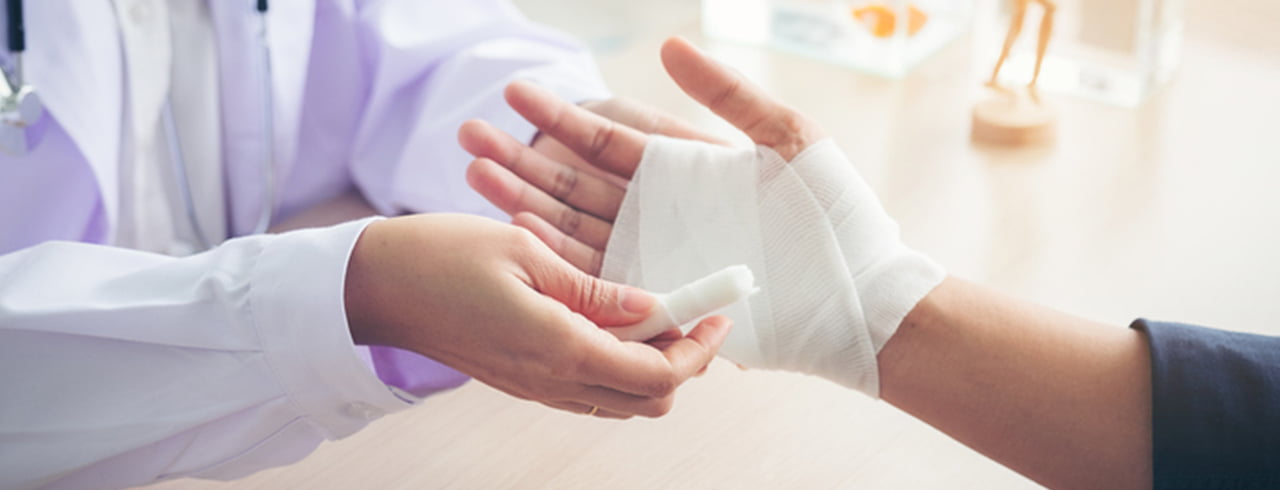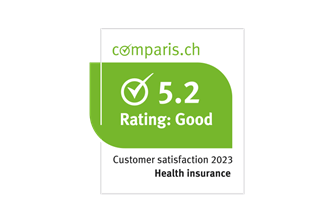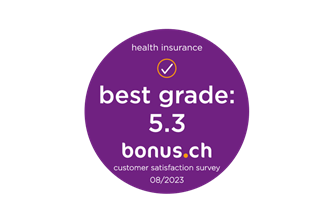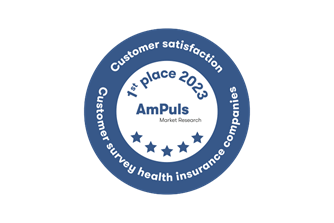
What to do in case of a burn
It can happen very quickly: you accidentally touch a hot stove or baking tin and suffer a burn. Now what? Run cold water over the affected area or rush to the doctor's office? The most important thing is to take the right immediate steps.
Cool the affected area
If at all possible, cool the affected area right away because this prevents the effects of the burn from spreading. Failing to do so may result in further tissue damage even after the source of the heat has been removed. And there’s an additional positive effect in that the cold will help to alleviate the pain.
How can I cool a burn?
It's important not to apply extremely cold fluids or objects because this may reduce the blood flow to the affected area and cause even more tissue damage. Normal tap water at around 20°C is ideal as a means of cooling. Under no circumstances should you use ice cubes or cold-packs from the freezer because they are much too cold. A tried-and-tested approach is the 20-20-20 rule: cool not more than 20% of the affected area with water at 20°C for not more than 20 minutes.
After cooling
After 20 minutes, cover the affected area with a clean cotton or gauze cloth. Consider taking pain-killers as needed. Burns to the head, genitals, joints, palms of the hands or soles of the feet must be treated by a doctor. We recommend that you also see a doctor if you haven't been vaccinated against tetanus. If the burn covers more than 8% of the body, or if it's a higher-degree burn with large blisters or where the base of the wound is white, you will need immediate medical treatment that may involve a hospital stay.
Things to consider especially for children
When taking a child with a burn injury to a doctor by car, we recommend that there are always at least two people, because one person can then watch for and respond to possible complications as needed.
16.01.2019




